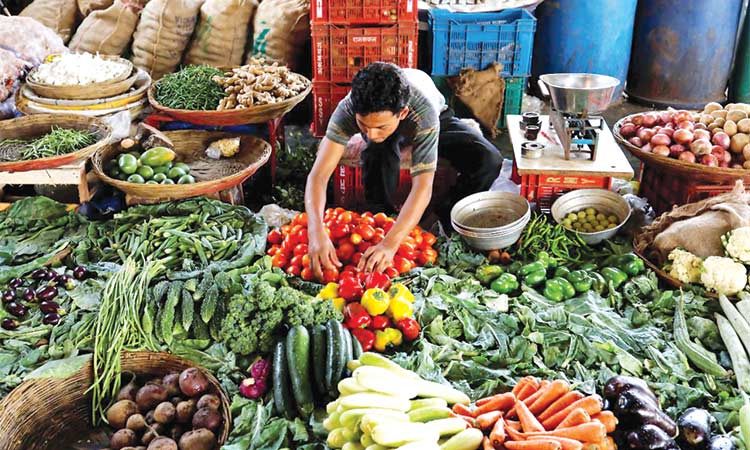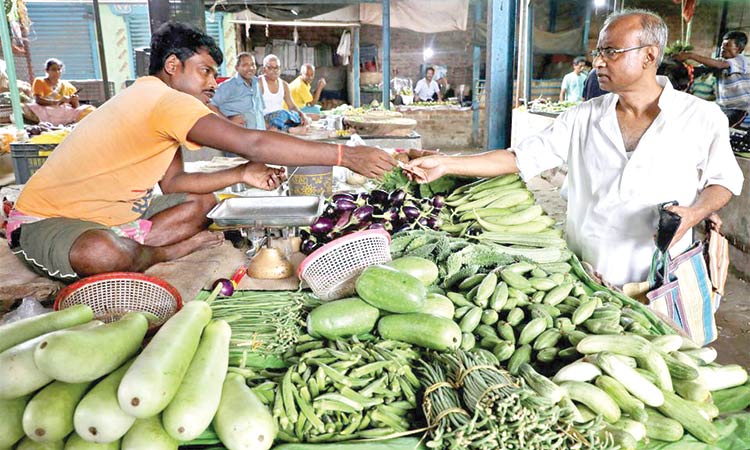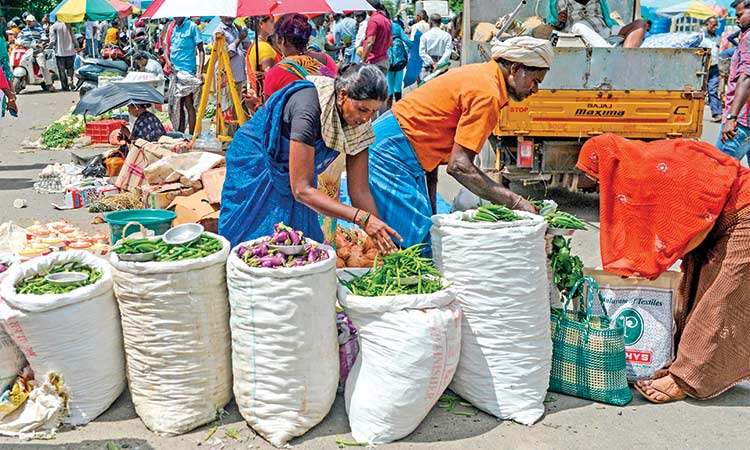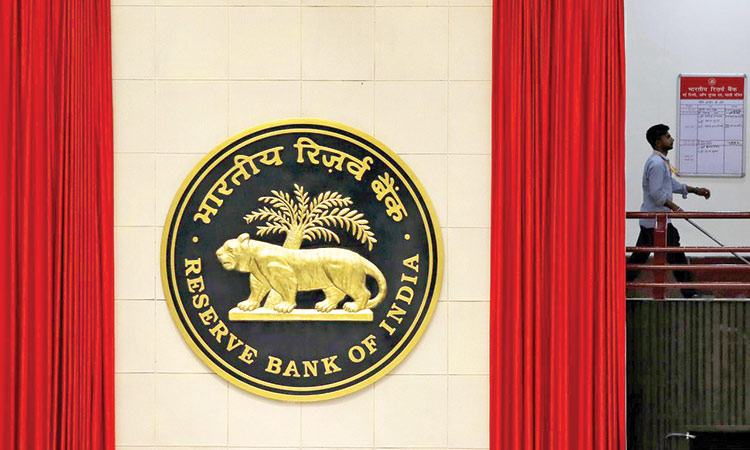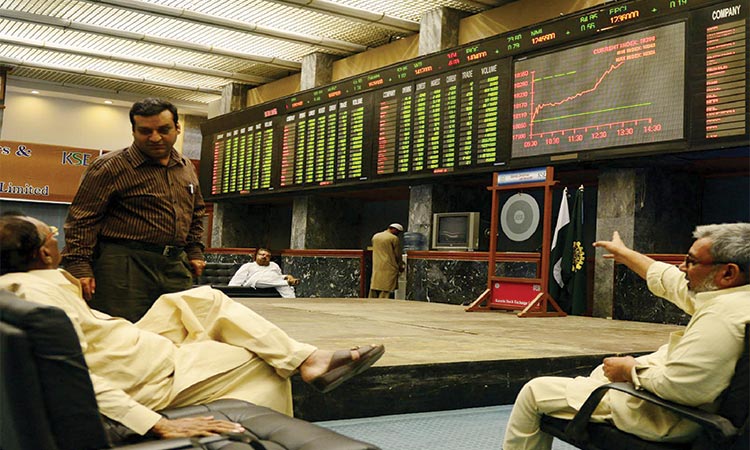India’s largest lender SBI’s profit increases 8 per cent in July-Sept
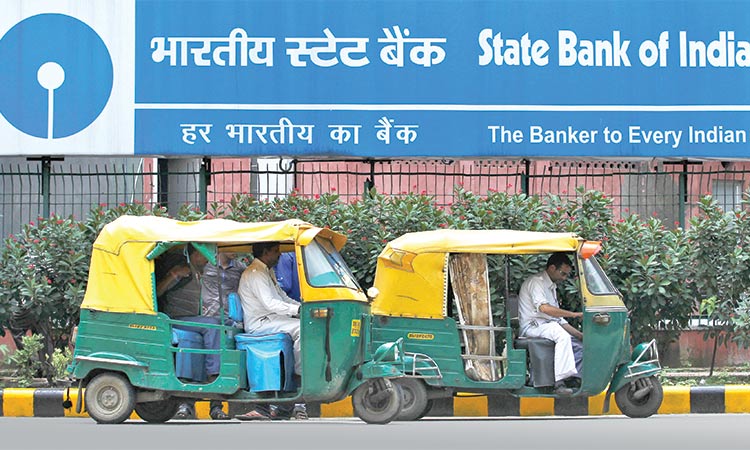
Auto rickshaws wait in front of the head office of State Bank of India (SBI) in New Delhi, India. Reuters
The bank’s net profit rose to Rs143.30 billion ($1.72 billion) in its fiscal second quarter, from Rs132.65 billion a year ago.
That was higher than analysts’ estimate of Rs141.83 billion, according to LSEG data.
Net interest income - the difference between a bank’s interest earned and paid - rose 12.3 per cent year-on-year to Rs395 billion.
However, net interest margin - a key gauge of lenders’ profitability - narrowed to 3.43 per cent from 3.55 per cent a year ago, and compared with 3.47 per cent in the prior quarter.
SBI’s loans grew by 12.4 per cent year-on-year, while deposits grew 11.9 per cent.
Indian banks have consistently reported double-digit loan growth over the past few months due to rising demand for credit, aided by increased consumer spending. A strong growth in the economy has spurred the demand for consumer loans.
The ongoing festive season is expected to further boost customer spending, helping sustain the demand for retail loans. Looking at the trends from the festive season, SBI’s retail loan pipeline continues to be “quite robust”, SBI Chairman Dinesh Kumar Khara told reporters at a post-earnings press conference in Mumbai.
SBI’s corporate loan pipeline currently stands at Rs4.77 trillion, of which Rs1.5 trillion is awaiting disbursement, Khara said.
The lender expects an overall credit growth of 13-14 per cent for this financial year and aims to maintain net interest margins in the 3.50-3.60 per cent range for this fiscal year.
Its gross non-performing assets (NPA) ratio - a key gauge of asset quality - fell to 2.55 per cent as of end-September, compared with 2.76 per cent at the end of June.
SBI is not concerned about rising delinquencies in its unsecured loan book and is well-capitalised to support business growth needs, Khara said.
Meanwhile the lower credit offtake by petroleum, coal, chemicals, infrastructure has resulted in the moderate growth in credit in India in September 2023 as compared to corresponding period of the previous year, said a report by Bank of Baroda.
According to Sonal Bandhan, Economist at the Bank of Baroda, an analysis of Reserve Bank of India’s (RBI) sectoral deployment of credit data shows that in year-on-year (YoY) terms, credit growth (excluding the impact of HDFC merger) as of Sep’23 has moderated a bit this year 15.3 per cent compared with last year 16.4 per cent.
Most of the slowdown can be attributed to the industrial sector, within which petroleum/coal, chemicals and infrastructure have pushed the growth lower.
On the other hand, credit to the agriculture and services sector has fared better this year. Within services, commercial real estate, aviation, professional services and transport operators contributed positively to growth.
Personal loan segment growth has been relatively steady. Data from the TransUnion CIBIL report shows that the delinquency rate for personal loans has improved as of Jun’23.
Out of the 19 sub-sectors tracked under industry, nine sectors witnessed a slowdown in credit growth as of Sep’23 compared with last year.
Amongst these, steepest decline was noted in sectors like petroleum/coal products, chemicals, rubber/plastic products, infrastructure, engineering, leather, paper, and mining sector.
On the other hand, most improvement was noted in sectors like beverages & tobacco, glassware, cement and products, gems & jewellery and basic metals.
As many as 12 sectors reported an above average growth of 6.5 per cent as of Sep’23 and these included: food processing, beverage & tobacco, textiles, wood and products, rubber/plastic, glass, cement, basic metals, engineering, vehicles & parts, gems & jewellery and other industries. “Sectors witnessing less than average credit growth were: mining, leather, paper, petroleum/coal, chemicals, construction and infrastructure,” the report said.
Amongst the services, apart from computer software, shipping, trade and NBFCs, all other sub-sectors reported an improvement. Most significant pick up was seen in aviation, where credit growth jumped to 69.4 per cent as of Sep’23, following a 22.2 per cent decline last year. “Apart from this, credit to professional services (22.2 per cent versus 8.9 per cent), transport operators (21.6 per cent versus 12.1 per cent) and tourism/hotels (11.1 per cent versus 8 per cent) gained the most,” the report notes.
